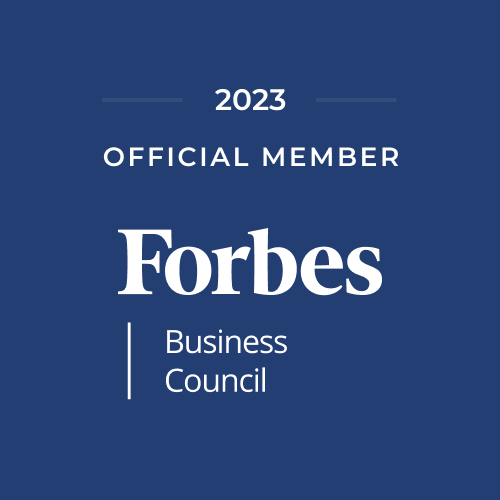Power Reads: 5 Interesting Articles That Will Help You This Week
/Each week, I select a few articles that rise above the fray and hopefully help you on your journey in leadership and the CRE world. They pull from one of four "corners": corporate real estate, technology, management science and anything positive. Each day we can become a better version of ourselves.
1. Can America’s Cities Make a Post-Pandemic Comeback?
Before Covid came to America in January 2020, only 5% of the U.S. labor force worked remotely all the time. Within a few months of the pandemic setting in, however, nearly every American who could work from home was doing so. Today remote work is a white-collar norm.
“f you take the U.S. as a whole,” says Edward Glaeser, chairman of Harvard’s economics department, office attendance is “down about 19%, relative to pre-pandemic levels.” That average masks some startling variations among major cities. While Houston sits squarely on the mean at 19% and Los Angeles is “looking pretty good” at 21%, New York and Boston are both down 32%”
“And then you go to San Francisco,” Mr. Glaeser says with an almost unseemly gusto. “San Francisco is still down 52%. The tech hub is the most extreme.”
2. How companies are shifting their office spend to lure reluctant workers back
As companies and workers continue to try to figure out where and how work will take place in a hybrid environment, the costs being spent on existing office spaces previously built around the 9-to-5, five-day workweek are being closely examined.
“Flexibility has become the buzzword for both sides of the employee-employer power dynamic. Workers have been leveraging the empowerment gains they’ve made amid the pandemic and a tight labor market to maintain the personal time that has come with working from home. Companies, many fearful of eroding culture that could increase turnover as well as stifling innovation by having a mostly remote workforce, have tried to meet workers somewhere in the middle by gently prodding, not pushing, workers back to the office.”
The question becomes then, how does that impact budgeting and spending on typically costly workspaces when a large portion of your workforce won’t be there every day, if it all? Is there an opportunity to cut costs, or do those spaces now require additional investment to try to draw workers who are at home back into the office?
3. What do workers really want in the Covid-19 era? Here are a few must-haves.
About 20% of workers plan to quit their jobs within the next 12 months, but many more plan on asking for a raise instead. That's according to a new global survey of 52,195 workers in more than 40 countries by PwC LLP.
“The survey found 35% of workers are planning to ask for a raise in the next 12 months, and the total was even higher in specialized fields like the tech sector, where 44% of employees are planning to ask for a raise over the next year.”
PwC's survey sheds additional light on what employees want at a time when workers have considerable leverage and pay is rising rapidly.
Corporate America’s real estate footprint has changed significantly since the start of the COVID-19 outbreak. While some companies are adapting to new remote- or hybrid-friendly futures, others are insisting that employees return to the office full-time. Regardless, the typical office layout has undergone a complete turnaround from prioritizing desk allocation to focusing on spaces that enable collaboration and high-quality experiences.
“Mark Dixon, founder and CEO of IWG, a commercial real estate firm that works with 83% of the Fortune 500, calls the new office transformation one of the “biggest changes since the start of the typewriter,” with design preferences changing now more than they’ve changed in the last century.”
Getting people into the office is also much harder today than it’s been for the past hundred years, when in-office presence was required for nearly all employees, he says. Companies have altered office spaces to reflect the new work experience and meet employee demands, by increasing public areas, using technology to track space usage, and expanding conference rooms and shared spaces.
5. Brrr! Air-Conditioned Offices Give Chilly Reception to Returning Workers
Public-health nurse Becky Graham brought a suitcase of winter clothes from Minnesota to a springtime conference in Atlanta where it was 80 degrees.
“It wasn’t a crazy idea. Ms. Graham was trying to prepare for one of the worst excesses of modern life—meeting rooms air-conditioned to Arctic levels.”
“I have a tank top, a long-sleeved shirt and a sweatshirt on and jeans, and I’m still cold,” Ms. Graham said as she exited shivering from one session. She lent what layers she could spare to those who arrived ill-suited for the deep chill of conference rooms in Atlanta’s convention center.
Your success blesses others. I wish you a great and hugely impactful week!







